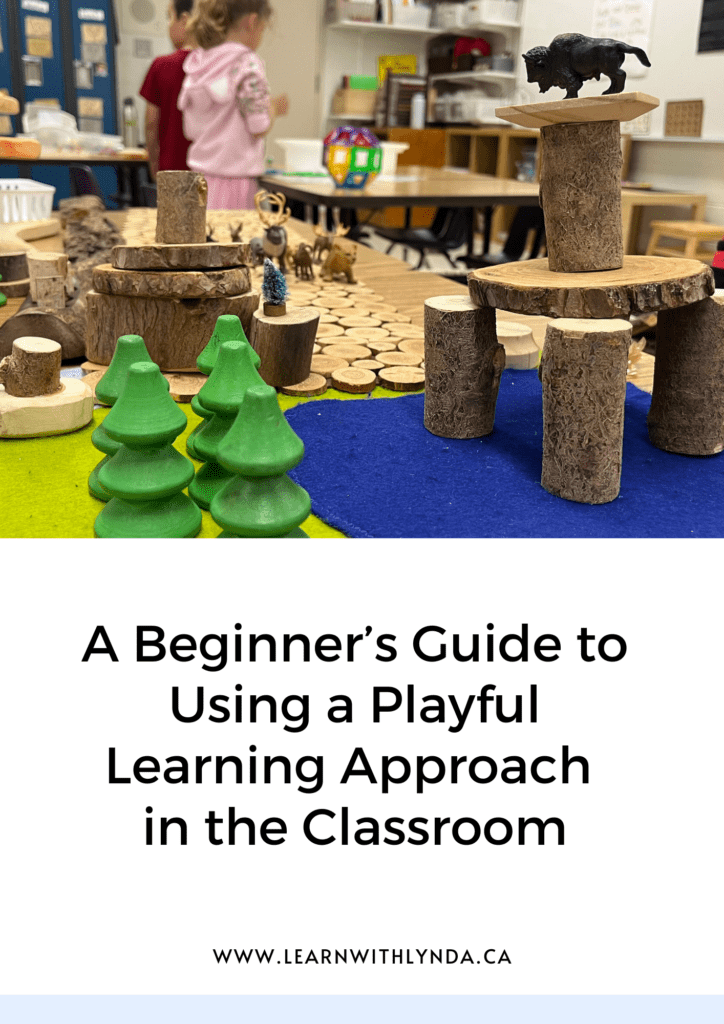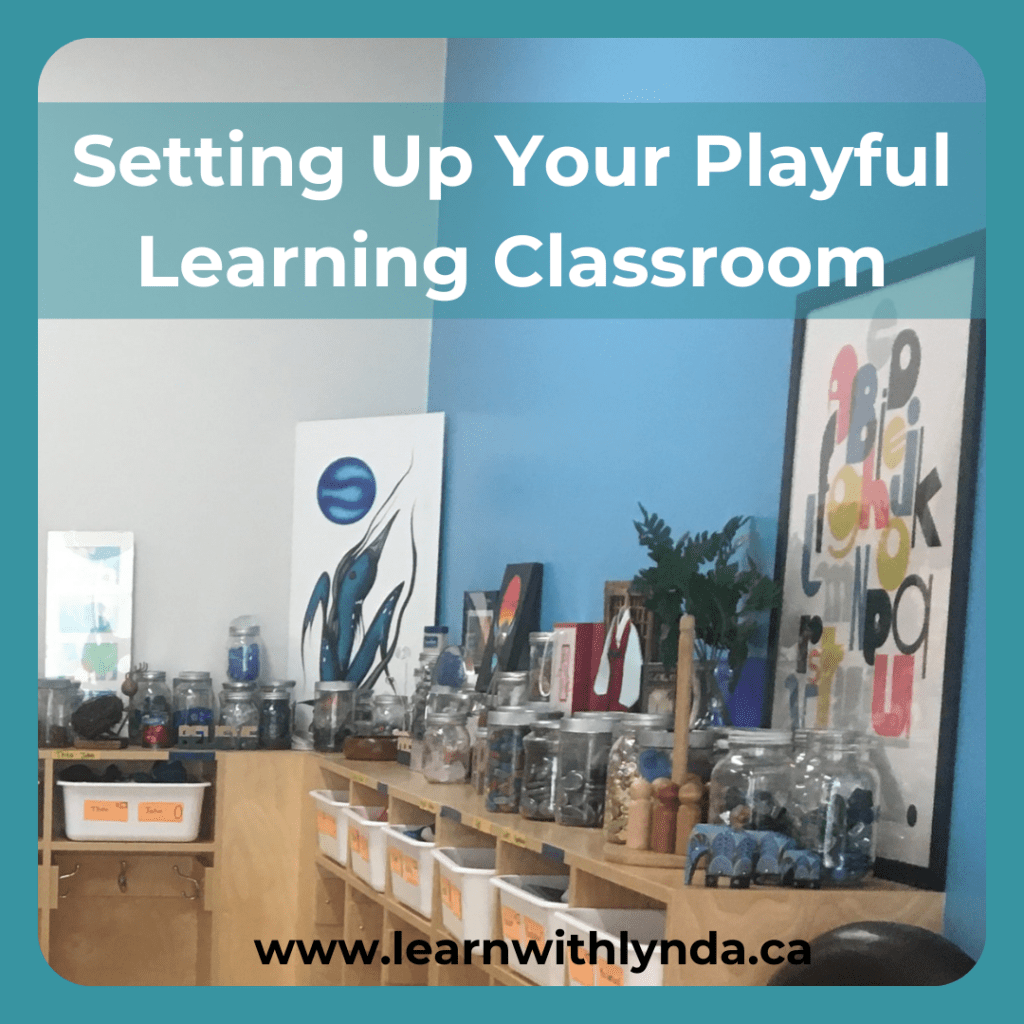Creating a playful learning environment requires thoughtful planning and a willingness to adapt. It’s not something that magically comes together overnight. Over the years, I have learned that even the best-laid plans often need adjustments once the school year begins. The key is to remain flexible and responsive to the needs of your students. What works for one group may not work for another.
Here are some considerations to guide you as you set up a playful learning environment:
Space Design for your Playful Learning Environment
- Whole Group and Small Group Areas: Does your classroom have a space for teacher-led whole group meetings and small group activities? These areas are essential for fostering collaboration and direct instruction.
- Individual and Partner Workspaces: Are there areas where students can work independently or with a partner on playful learning tasks? Having a variety in workspace options allows for you to support the learning needs in your classroom.
- Free Play Opportunities: Are there spaces where students can engage in unstructured, imaginative playful learning experiences? Choice fosters creativity and problem-solving skills.
- Multi-Sensory Exploration: Are there opportunities for students to engage their senses? Include activities that involve touch, sound, movement, and visual elements.
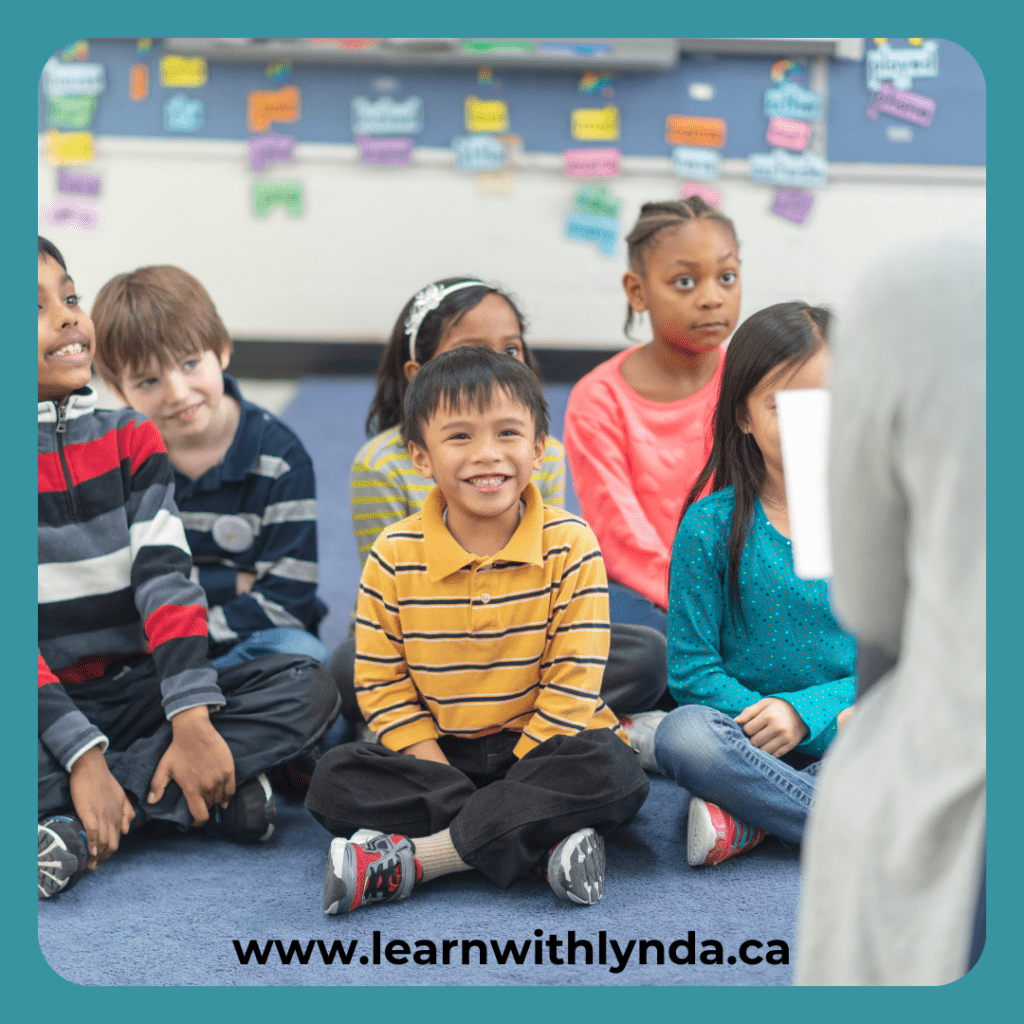
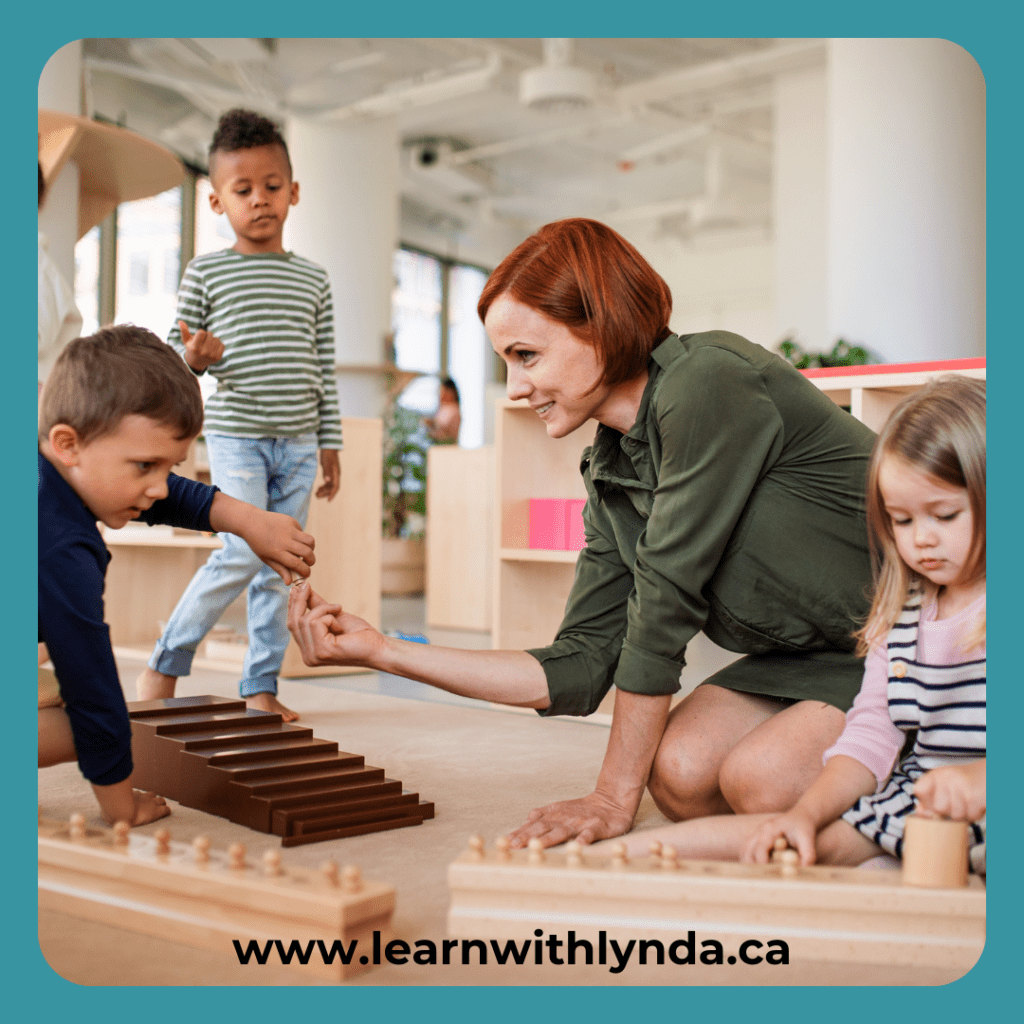
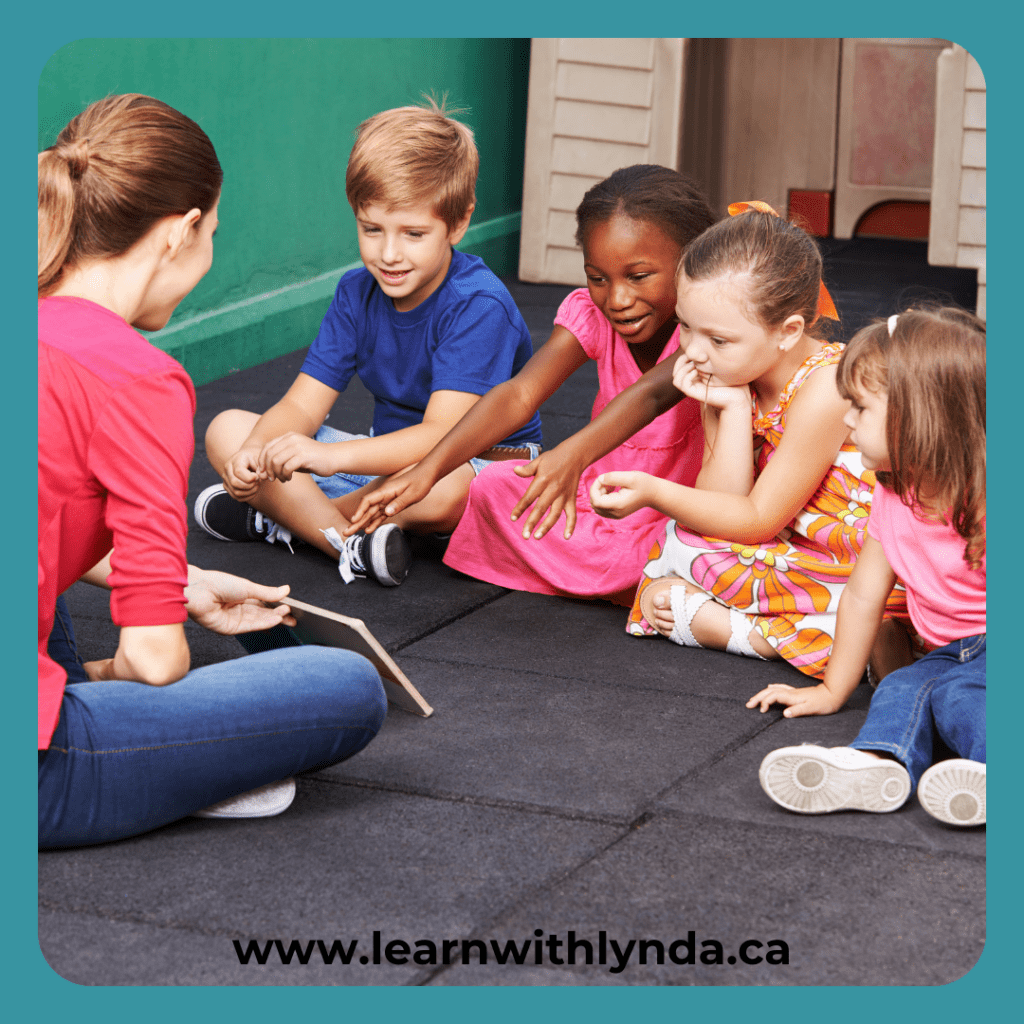
Materials and Activities for your Playful Learning Environment
- Creative Building and Art: Do students have access to blocks, loose parts, or art materials for making creations? These resources encourage hands-on exploration and innovation.
- Pretend Play: Are there props and materials available for students to take on pretend roles, such as small world pieces, puppets, or dramatic play resources? Pretend play supports social-emotional development and communication skills.
- Literacy and Numeracy Skills: Are there engaging ways for children to practice reading, writing, and math? Incorporate playful learning activities that use letter tiles, dice, or playing cards.

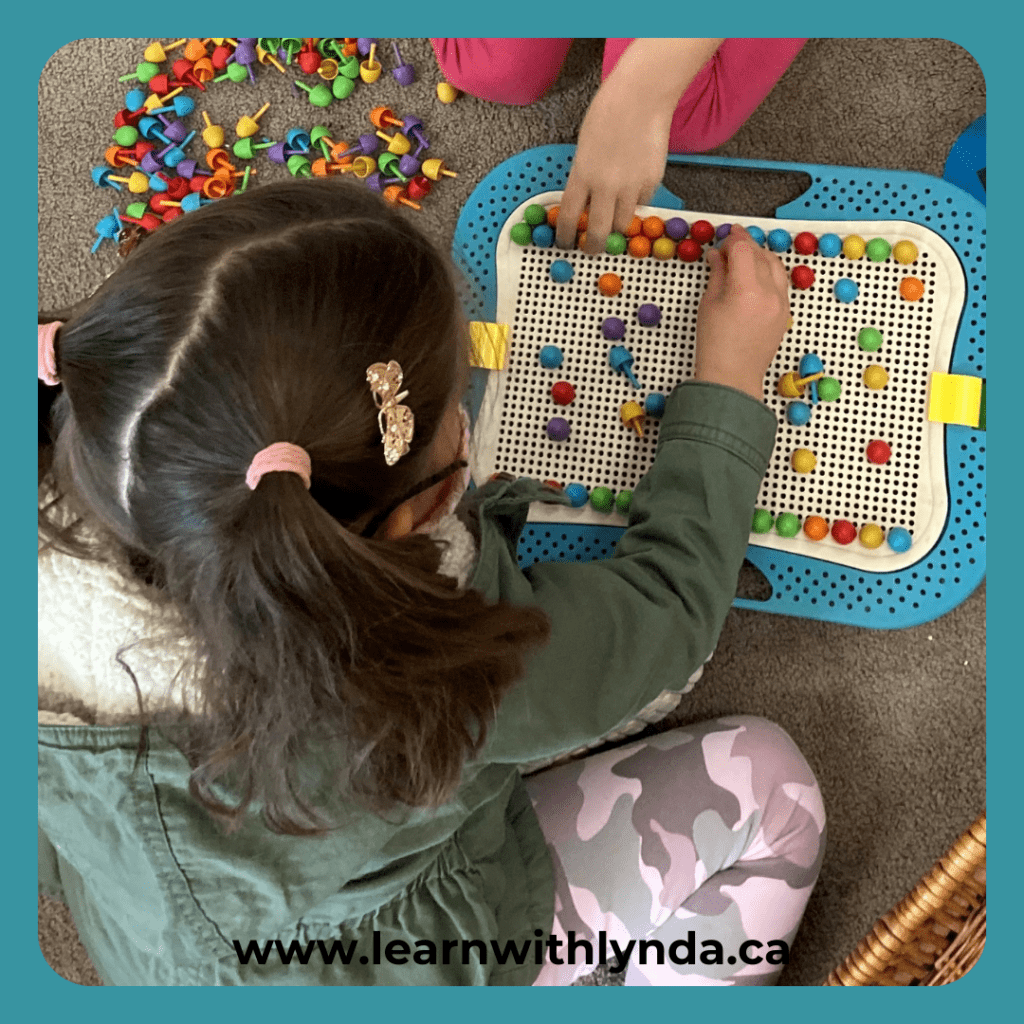
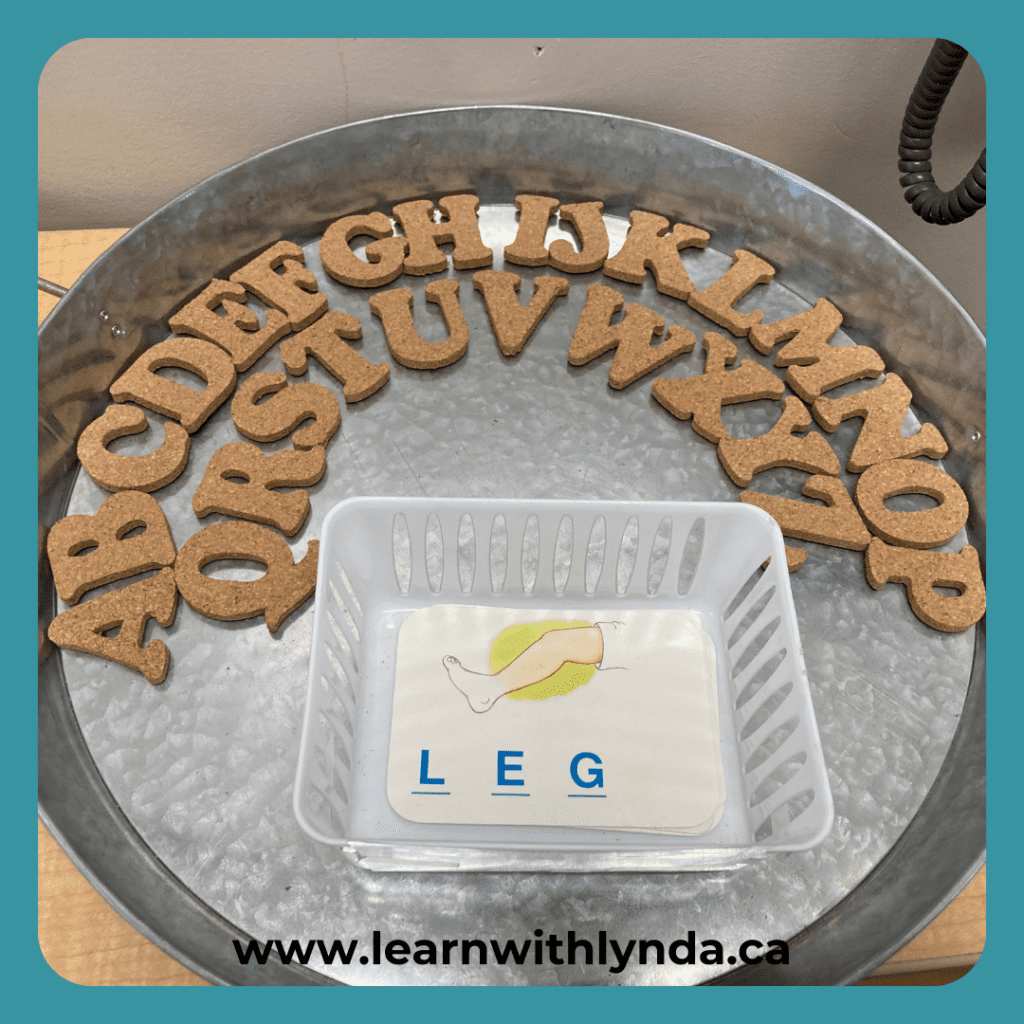
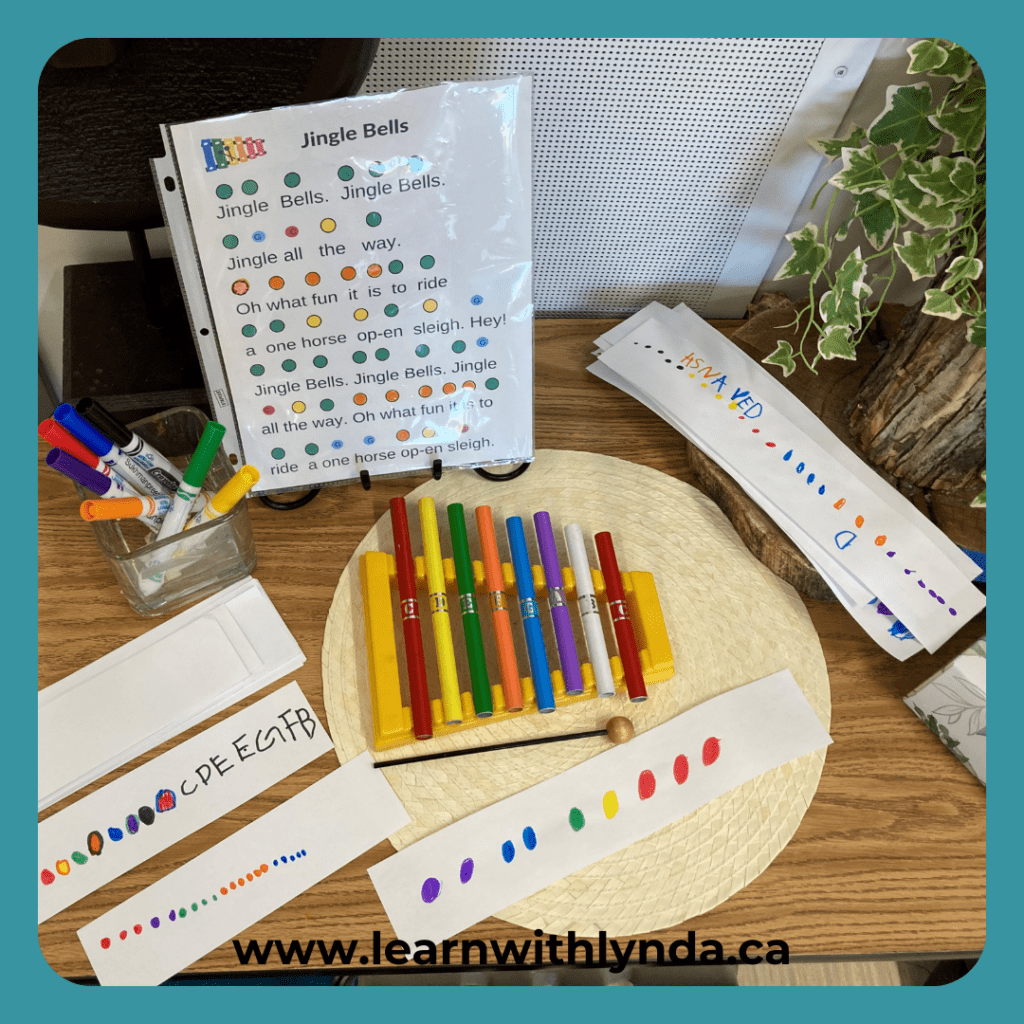
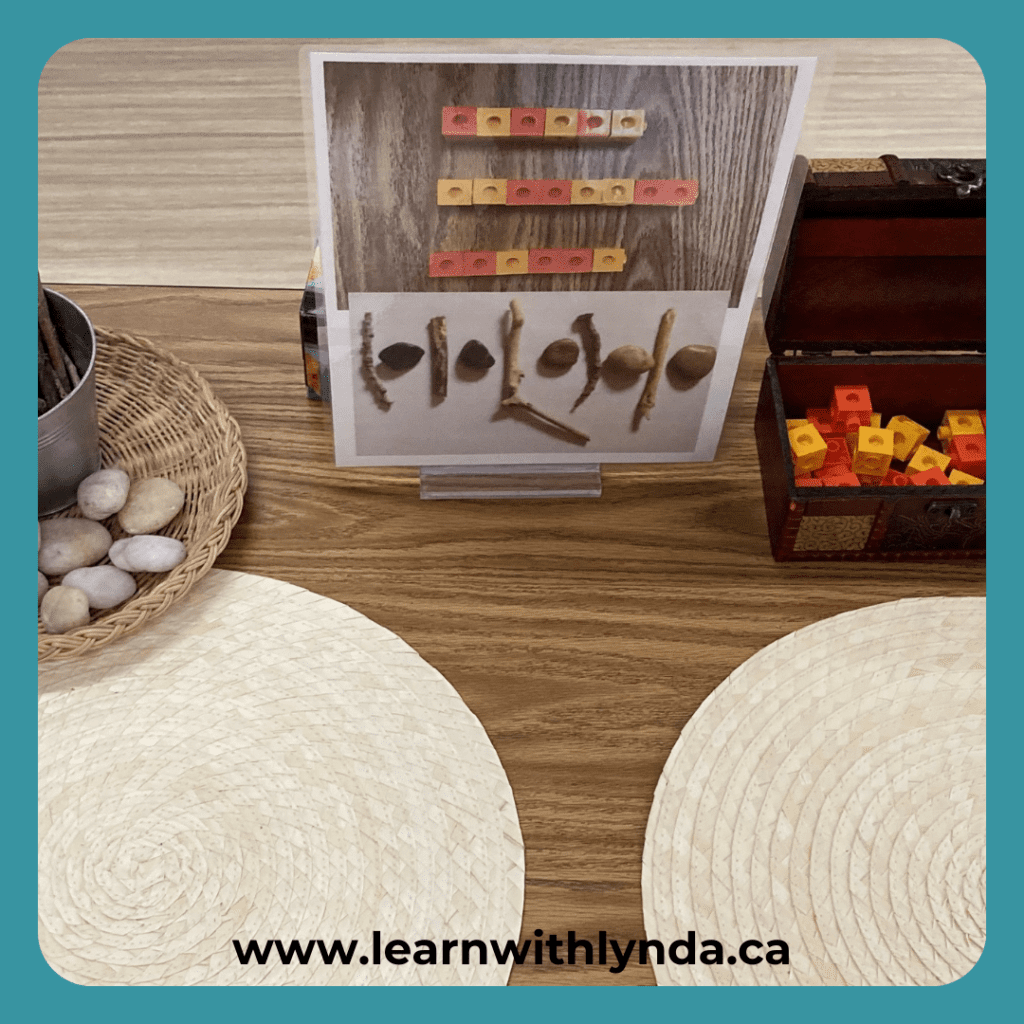
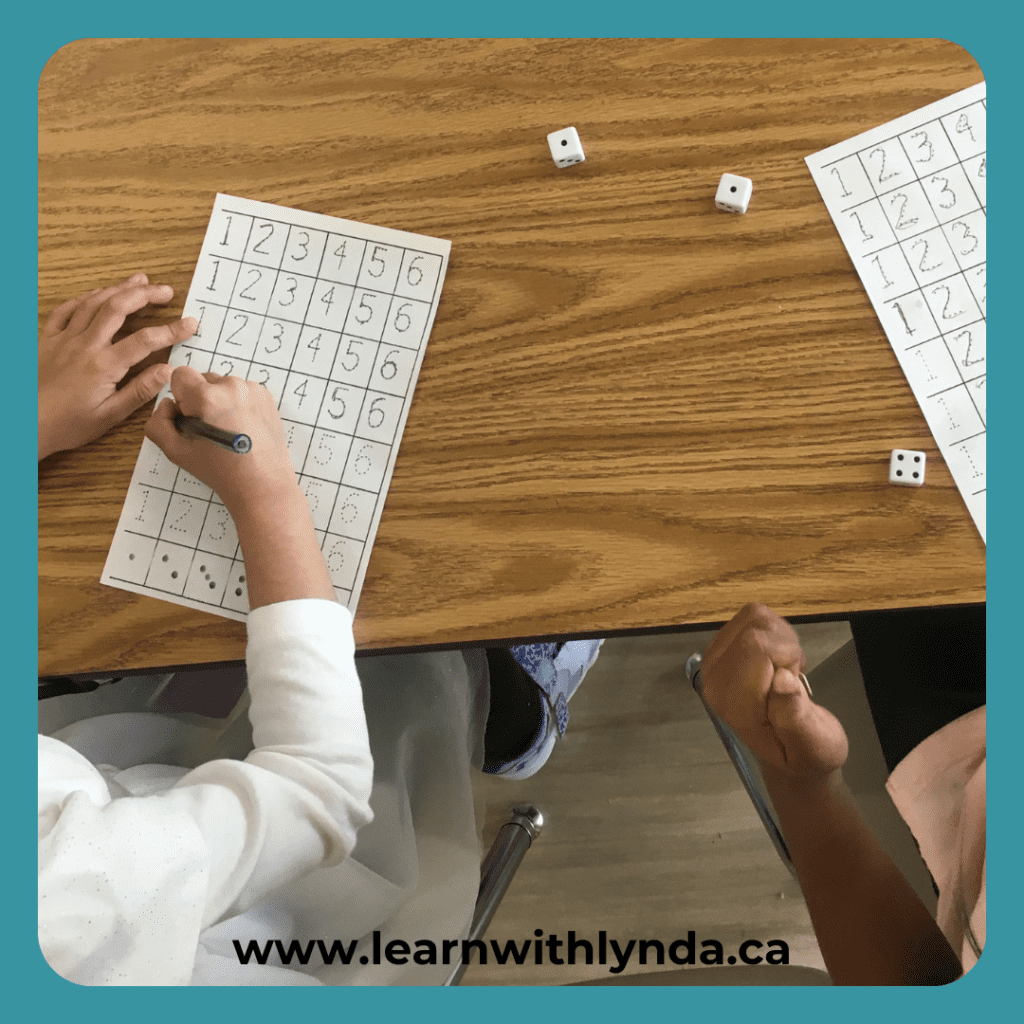
Resource Management for your Playful Learning Environment
- Accessibility: Are materials and resources stored in a way that students can easily access them? Clear labeling and open shelving can empower students to take initiative.
- Organization Systems: Do you have systems in place to help students organize and manage resources? Teaching students how to clean up and care for materials fosters responsibility and independence.
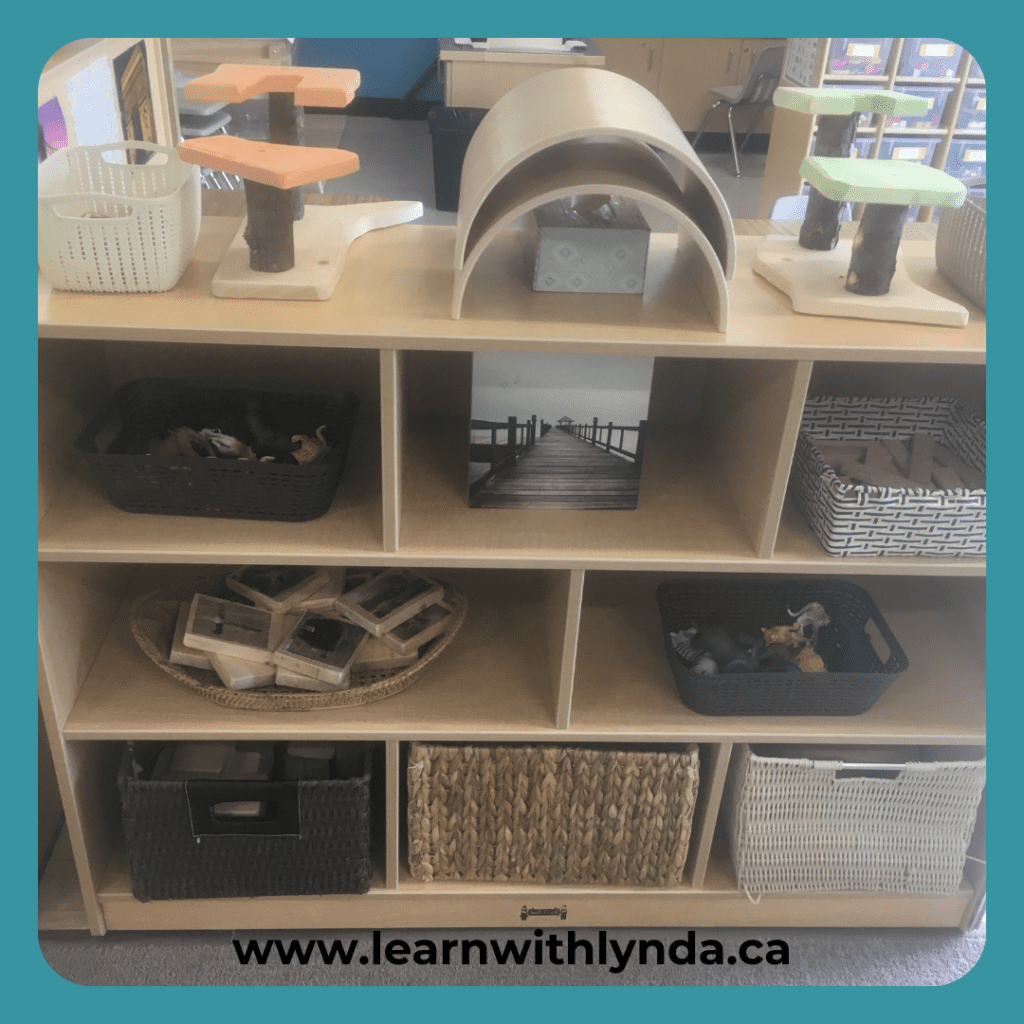
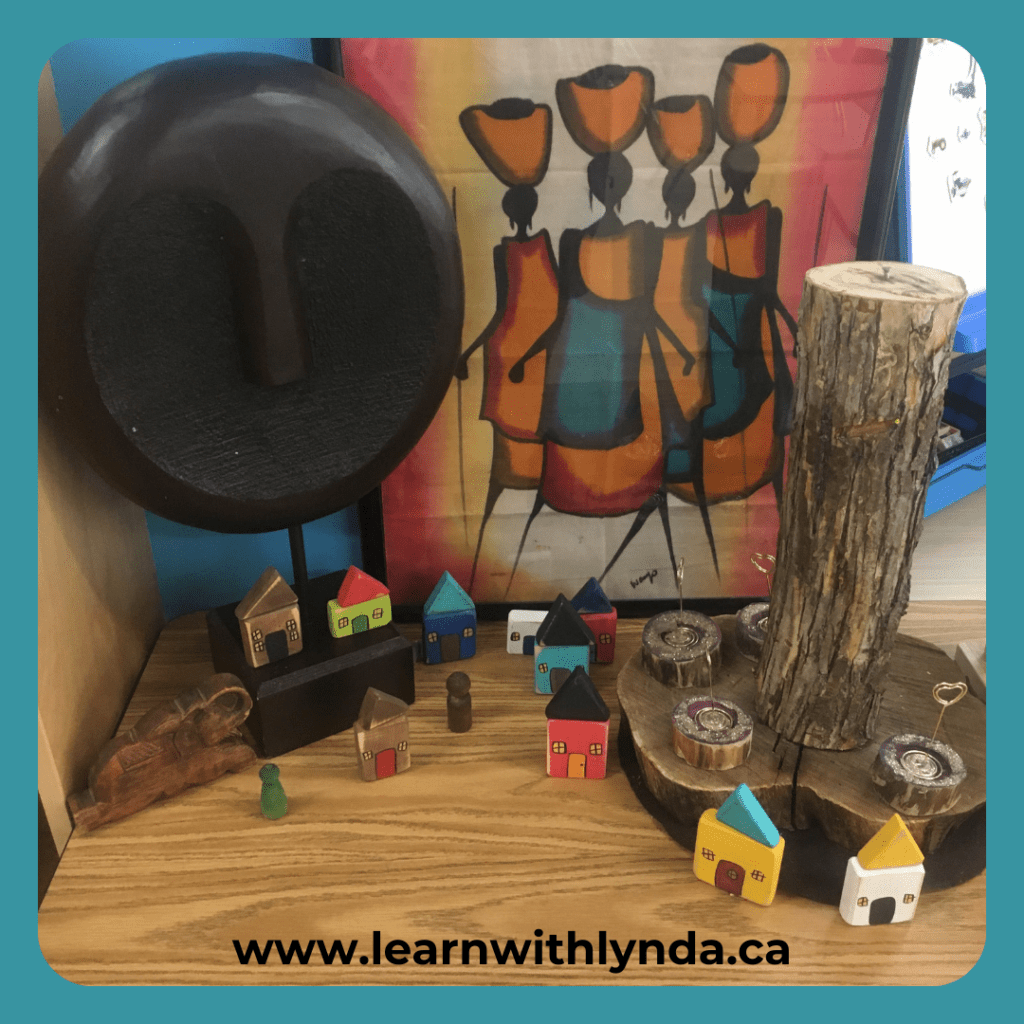
Classroom Routines in your Playful Learning Environment
- Clear Expectations: Do you have a plan to communicate expectations for using playful learning resources? Establishing norms early on will help prevent confusion and ensure smooth operations.
- Introduction to Activities: How will you introduce new playful learning experiences? Gradually introducing activities allows students to build confidence and familiarity with the materials.
- Transitions: Do you have a strategy for managing transitions between activities? Clear signals and consistent routines can minimize downtime and keep students focused.
- Noise Management: What is your plan for managing noise levels? Establishing acceptable noise levels and providing quieter zones can help maintain a balance between partner play and individuals that needing a more quiet space.
Final Thoughts
A well-designed playful learning environment is a dynamic and ever-evolving space. By considering these elements and being open to change, you can create a classroom where students thrive through play and exploration. Remember, the goal is not perfection but a space where students feel supported, engaged, and inspired to learn.
Stay tuned for more playful learning thoughts!
Happy Learning,
Lynda
You might be interested in my new guide
